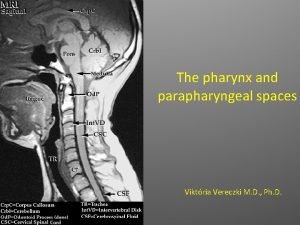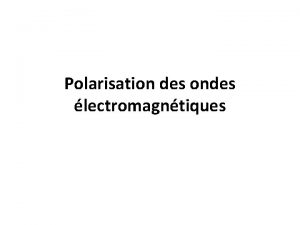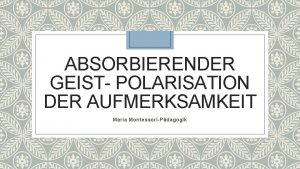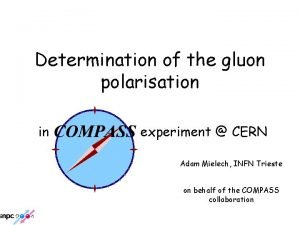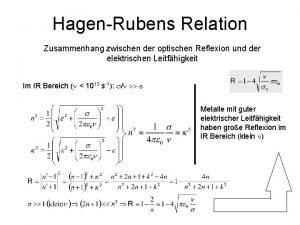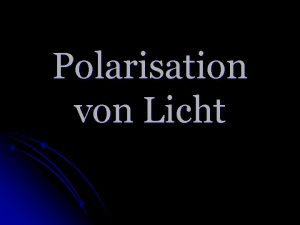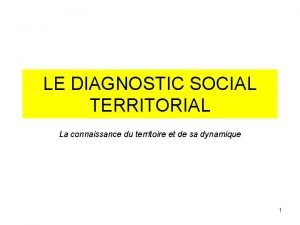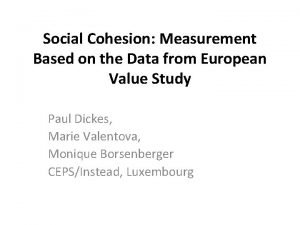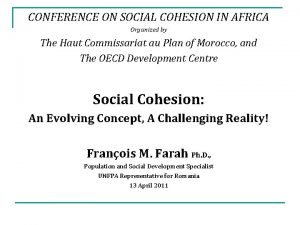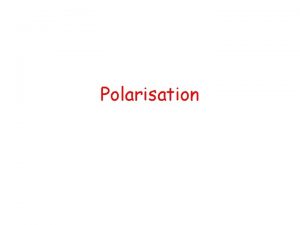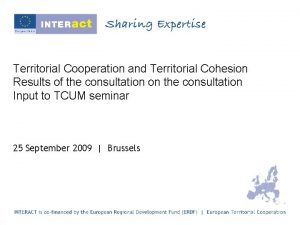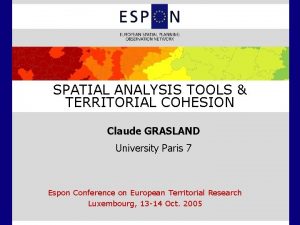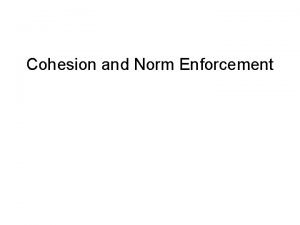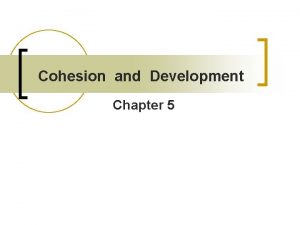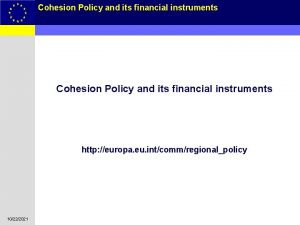Viktria Szirmai Social Spatial Polarisation and Territorial Cohesion



























- Slides: 27

Viktória Szirmai Social Spatial Polarisation and Territorial Cohesion in European Metropolitan Regions Territorial Cohesion in Europe International Conference for the 70 th Anniversary of the Transdanubian Research Institute 27 -28 June 2013 Pécs Társadalmi konfliktusoktársadalmi jól-lét és biztonság Versenyképesség és társadalmi fejlődés. TÁMOP-4. 2. 2. A 11/1/KONV

Starting question Why is it important to analyse: 1) the social-spatial structures of the metropolitan regions, and 2) the relations between the social-spatial structures of the metropolitan regions and the territorial cohesion processes?

Because of certain principal, contradictory characteristics of European metropolitan regions: Ø They are the driving force of economic development, they provide a favourable competition position for the multinational companies, Ø They are the new economic development poles and the areas for innovation, Ø The world economy (the service sector and the skilled workforce) is concentrated in the large urban areas, Ø The large cities have strategic economic and political, and social importance (The Global 500 can be found in metropolitan areas). Many social problems can be identified here: Ø The social inequalities, Ø The social fragmentation, the deep polarization, Ø The social exclusion, Ø The large differences between the social well-being levels of the population. Ø The unmanageable urban sprawl processes, Ø The multicultural social conflicts, Ø The consequences of real estate and financial speculation.

What are the consequences of the social problems and the social fragmentation? 1. The social problems confuse the functioning of the large urban areas, and the realisation of their strategically important economic roles, 2. the social polarization hinder the processes of territorial cohesion, because: Ø the social inequalities disrupt the spaces, Ø they limit the social relations between the regional populations, Ø the social inequalities are in the way of the formation of common regional values regarding the future urban development processes.

The next main question: is it possible to formulate general trends, concerning the polarisation mechanisms in European metropolitan regions? Why is it difficult to generalise ? Ø Different European countries with different levels of economic and social development, Ø Metropolitan areas have different sizes and different historical traditions, Ø There are differences between the Western and the East-Central European metropolitan areas, Ø The evolution of the urbanisation stages is delayed in the East. Central European context , Ø The urban development in the East-Central European metropolitan regions is determined by the circumstances of socialist regime, Ø The change from the socialist to the capitalist system is country specific. Why is it possible to generalise ? Ø Because of the concept of global urban development model. (Enyedi, 2011, Enyedi, 2012). Ø Based on his world model concept the stages of urbanisation can be present in every country, Ø The stages of urbanisation spread from the developed countries (centres) to the peripheries, or to the semi- peripheries , Ø In the global model there is no independent socialist model, Ø We can analyse and compare the different metropolitan regions.

Empirical background and the references

„Urban areas, spatial and social inequalities and conflicts - Spatial and social dimensions of European competitiveness”, supported by the Hungarian National Research Project (2004 -2007. ) Sample: 1000 persons in the Budapest region, and Hungarian, Austrian, and Czech comparative case studies. Szirmai (ed) (2007): Social Inequalities in Urban Areas and Globalisation, The Case of Central Europe, Discussion Papers, Special, Pécs.

„The social mechanisms and interests determining territorial consumption models” supported by the Norwegian Financial Mechanism (2009 -2011). Sample: 1000 persons in the Budapest region, And the comparative research studies: Ø Copenhagen, Ø Paris, Ø Vienna, and Ø Budapest regions. Szirmai (ed) (2011): Urban Sprawl in Europe, Aula Kiadó, Budapest.

„Social conflicts –social well-being and security. Competitiveness and social development” supported by Social Renewal Operative Program ( 2012 -2015) Ø Research program with different representative surveys, Ø Its important aim is to elaborate an international comparative research in order to participate in the Horizont 2020 tender Ø The main objective is to analyse the social polarisation of the European capitals

What are the general contemporary characteristics of the spatial social polarisation in the European metropolitan regions?

Presentation of the general contemporary polarisation trends (with special focus on the Hungarian and French examples )

The proportion of the active elite groups in the economically active population in 10 cities (Savitch – Kantor: Cities in the International Marketplace, 2004)

The Paris case

Localisation of high skilled managers in the Paris Metropolitan Region Cattan, N. Urban Sprawl in the Paris Metropolitan Area. (in: Szirmai, 2011, Urban sprawl in Europe)

The localisation of the population of the Paris region by income level. Cattan, N. Urban Sprawl in the Paris Metropolitan Area. (in: Szirmai, 2011, Urban sprawl in Europe)

Educational levels of the population in the Paris Metropolitan Area Cattan, N. Urban Sprawl in the Paris Metropolitan Area.

The average square meter prices in the transactions of old flats (2003) European Journal of Geography Systèmes, Marianne Guérois et Renaud Le Goix.

The evolution of the social space of Paris.

The Budapest case

The spatial distribution of population by educational level in the different urban zones of Budapest region (%, 2005) (source: NKFP project, 2005 )

The spatial distribution of population by educational level in the different urban zones of Budapest region (%, 2005)

The spatial distribution of population by educational level in the different urban zones of Budapest region (%, 2010) (source: Norwegian project, 2010 )

Summary

The general European polarisation trends: Ø A concentration of wealth and upper classes in the city areas. Ø The localisation of the lower classes mainly in the outskirts and in the city centres as well. Ø Diversification of the suburbs: middle class and working class suburbs. Ø New trends: dynamic gentrification of city centre areas (Paris, Copenhagen, Vienna, Budapest, Prague etc. ) Consequences: Ø Formation of significant social spatial polarisation, Ø High status of city centres, Ø Low, and also high status of suburbs. Ø Organisation of different types of dichotomies: between the cities and the suburbs, between the different city areas, between the suburbs.

In the case of Paris region studies verified: (additional components) Ø Accelerated gentrification of city centre areas Ø Very strong exclusion processes. The consequences Ø The segregation, Ø The spatial–social conflicts, Ø The lack of the territorial cohesion.

In the case of Budapest region studies verified: (additional components) Ø Hierarchical localisation of the regional societies!!! Ø Broken hierarchy: the middle class continuously occupy the city (by the new gated communities, and the rehabilitation projects) Ø The creation of the new type of spatialsocial dichotomies between the city and the suburbs, between the developed and underdeveloped areas.

THANK YOU FOR YOUR ATTENTION Polarisation or cohesion? The cohesion is better
 Target costing
Target costing Viktria
Viktria Viktria
Viktria Spatium parapharyngeal
Spatium parapharyngeal Perspirácia
Perspirácia Viktria
Viktria Viktria
Viktria Spatial data vs non spatial data
Spatial data vs non spatial data Leifi physik transistor
Leifi physik transistor Polarisation circulaire
Polarisation circulaire Polarisation by scattering
Polarisation by scattering Concentration polarisation
Concentration polarisation Absorbierender geist beispiel
Absorbierender geist beispiel Polarisation
Polarisation Diagramme de feynman
Diagramme de feynman Polarisation
Polarisation Average electric field
Average electric field Polarisation
Polarisation Polarisation
Polarisation Polarisation duden
Polarisation duden Diagnostic social exemple
Diagnostic social exemple Religion social cohesion
Religion social cohesion Team cohesion in sport
Team cohesion in sport Social cohesion
Social cohesion Social cohesion
Social cohesion Social cohesion
Social cohesion Social cohesion
Social cohesion Social thinking adalah
Social thinking adalah



